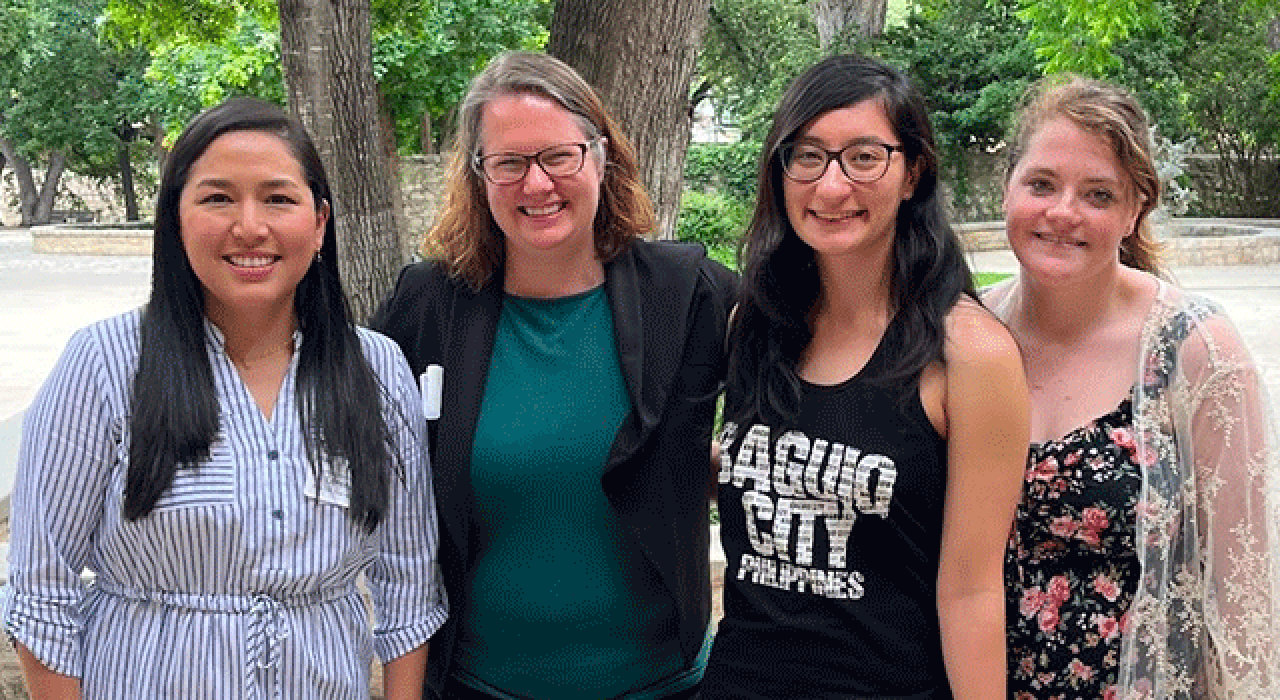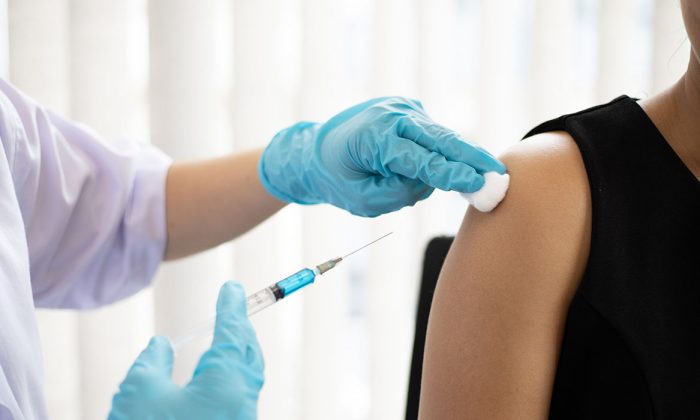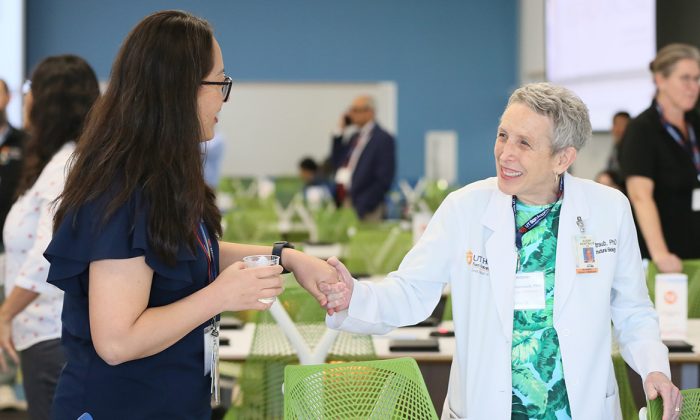MARCH 13, 2024 — Fertility requires proper development of egg and sperm. This development begins with an epic journey of egg and sperm precursors called primordial germ cells from their place of origin to the future ovaries and testes.
“Across the animal kingdom, this journey is an essential step in fertility,” said Lacy Barton, an assistant professor in the UTSA Department of Neuroscience, Developmental and Regenerative Biology. “In humans, failure to migrate to the ovary or testes can compromise fertility and lead to the formation of germ cell tumors.”
But how do primordial germ cells reach their target? Barton, a reproductive developmental biologist, wanted to learn more.
Barton and her research team narrowed in on a class of small molecules, called juvenile hormones. Scientists previously believed these hormones only functioned later in development, but there were hints that these hormones could be present around migrating primordial germ cells.
“This discovery has opened the door to lots of questions that my team is excited to explore.”
To follow these clues, Barton and her team made hormone biosensors and found juvenile hormones were indeed present and active at this new place and time in development. They used CRISPR-mediated gene editing and discovered juvenile hormones are required for primordial germ cells to reach their ovary or testes target. They also developed methods to isolate primordial germ cells and found these cells will migrate whenever they are given juvenile hormones.
“We discovered an unexpected function for hormone signaling and this discovery has opened the door to lots of questions that my team is excited to explore,” Barton said.
Barton’s study is published in Current Biology, a peer-reviewed scientific journal that publishes research findings of broad interest in the life sciences. Barton’s work was funded by the Damon Runyon Cancer Research Foundation and National Institutes of Health’s K99/R00 postdoctoral fellowships. Her research at UTSA is currently supported by a $750,000 grant from the NIH Eunice Kennedy Shriver National Institute of Child Health & Human Development, start-up funds from the UTSA College of Sciences, and a Grant for Research Advancement and Transformation (GREAT) seed grant from the UTSA Office of Research.
Barton joined UTSA as an assistant professor in 2022 with over 15 years of experience in germline research. She has investigated everything from primordial germ cells to oocytes and sperm, as well as the ovary and testis. She leads the Barton Lab, which explores how egg and sperm precursors fulfill their unique potential to generate fertile and healthy offspring.
The Barton Lab at UTSA trains undergraduates, graduate students and postdoctoral scientists to carry out fundamental research on germline and ovary/testis development. They combine classic genetic techniques with advanced microscopy and molecular biology to thoroughly analyze and answer scientific questions. Additionally, the researchers utilizes the equipment and expertise of the university’s Genomics Core and Cell Analysis Core. The environment is providing the students with the knowledge and skills they need become career-ready Roadrunners who are prepared to succeed in the workforce.



